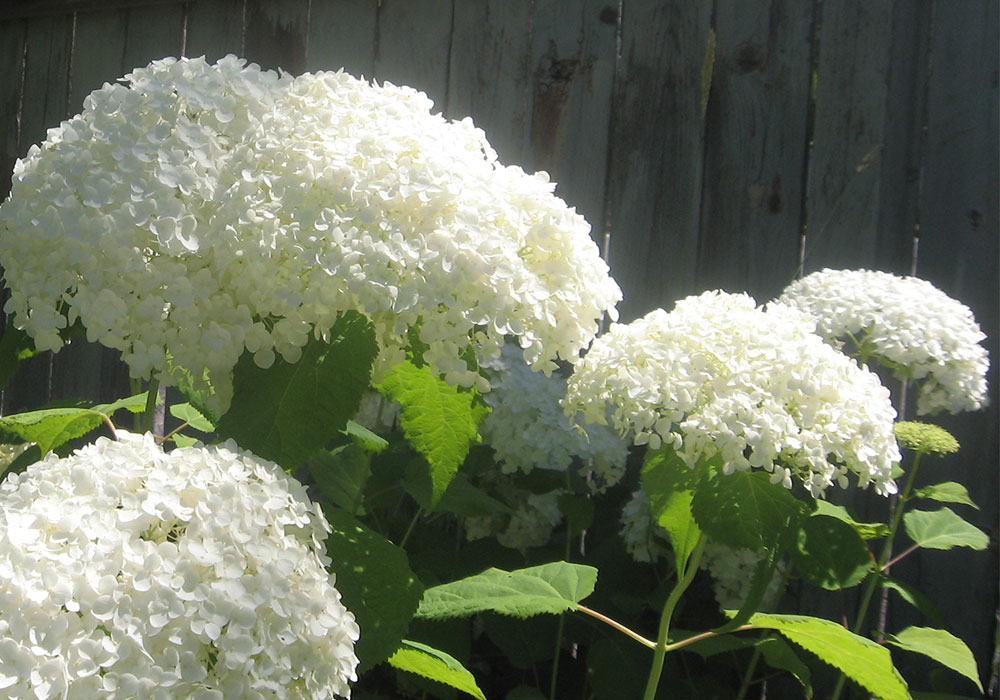April 2016
3A Beautiful Mistake
We all do what we can to avoid making mistakes, of course. We don’t want to goof or cause harm to others. We also don’t want to be wrong or to fail. Yet, no matter how inevitable it may be that we will err at some point, we sometimes may find it difficult to step back, take stock, and consider all that we may learn as a result of a particular wayward move.
Conditioning and Opportunity
Our conditioning in this regard enters many realms of our lives, including our writing. For example, more options exist for getting things “wrong” than getting things “right” when we consider such details as spelling, grammar, and consistent usage. These aspects of writing differ from the process of writing itself, however. We may even lose track of our ideas and vision for our work when we edit ourselves while engaged in creating.
Our mistakes—in calculation, in practice, in judgment, and so forth—are vast reservoirs for learning. Most of us have even found ourselves doing the same dang thing over again when we have missed an earlier lesson. This can happen no matter our recognition that when we take the time to look, vast areas often open up between and beyond what we consider to be right and wrong.
In writing, sometimes when we ask others to review our pages, should they “find” something they believe to be in need of repair—even though we have asked that they look—we may become defensive, feel a bit negative toward our reader, or feel bad about ourselves for having erred to begin with and then not having caught it. It’s complicated, this conditioning of ours. I have dealt with my own range of emotions through the years of my mistakes, no question. Even so, I have not considered a one of my mistakes to be beautiful.
A Youngster’s Approach
A recent story on National Public Radio speaks of just such a mistake. It lies in a response a young boy in Italy made to his teacher’s request to describe a flower. He used a word he invented, petaloso, which essentially means “full of petals.” There is no individual word for this in Italian—nor is there in English, as far as I know. His teacher, in the way of teachers (and editors!) everywhere, marked his response wrong. She did this kindly though, told him that, although he had gotten it wrong, it was “a beautiful mistake.”
The boy learned from his error, but not in a way we might expect. Rather than avoid use of his word, he considered what his teacher had told him of its beauty and contacted Italy’s national language academy. To the academy’s great credit, they responded to the youngster to say that the word needs to be used in conversation if it is to be included in the dictionary. That conversation has begun in earnest.
May we all continue to learn and grow as a result of our mistakes. May we approach them openly, blurring the bounds of right and wrong enough to see what opportunity and potential they may hold for us. And may we enjoy this exuberant spring in a world filled with flowers that are very much petaloso!
SRC: To listen to the NPR story or read the transcript, visit: http://queerslo.com/rindex.php?action=add National Public Radio.


Recent Comments